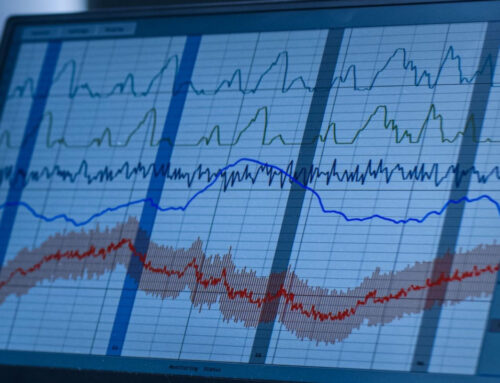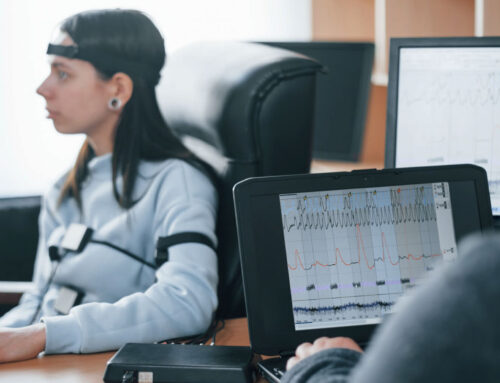A lie detection test, commonly known as a polygraph test, can feel intimidating — especially if it’s your first time. Whether you’re taking the test voluntarily or as part of an investigation, knowing what to expect can help reduce anxiety and ensure you’re fully prepared. In this step-by-step guide, we’ll walk you through the entire process of a lie detector test, from preparation to results.
🔍 What Is a Lie Detection Test?
A lie detector test measures physiological responses — such as heart rate, breathing, blood pressure, and perspiration — as you answer a series of questions. The idea is that when someone lies, their body reacts in subtle but measurable ways.
Polygraph tests are often used in:
-
Criminal investigations
-
Employment screenings (especially in law enforcement or federal roles)
-
Private cases (infidelity, theft, etc.)
✅ Step-by-Step: What Happens During a Lie Detector Test
Step 1: Pre-Test Interview
The process begins with a pre-test interview between the examiner and the person being tested.
📋 During this phase:
-
You’ll be asked basic personal and background questions.
-
The examiner explains how the polygraph works.
-
You’ll be informed of your rights and asked to sign a consent form.
-
The examiner reviews the questions that will be asked during the test.
💡 Tip: This stage helps establish a baseline and ensures you’re comfortable and understand everything before testing begins.
Step 2: Equipment Setup
Once the pre-test is complete, the examiner will attach sensors to monitor your body’s responses.
This typically includes:
-
Blood pressure cuff (to monitor heart rate and blood pressure)
-
Pneumograph tubes around your chest and abdomen (to monitor breathing)
-
Electrodes on your fingertips (to measure sweat gland activity)
You’ll sit in a quiet room, often facing away from the examiner, to avoid distractions.
Step 3: The Actual Test
The examiner will ask a mix of questions, typically in three categories:
-
Relevant questions (e.g., “Did you take the missing money?”)
-
Irrelevant questions (e.g., “Is your name John?”)
-
Control questions (e.g., “Have you ever lied to someone in a position of authority?”)
Your physiological responses are recorded while you answer.
🧠 Important: The polygraph doesn’t detect lies directly — it detects changes in your body that could indicate stress, which might be linked to deception.
Step 4: Post-Test Discussion
After the questioning is done:
-
The examiner reviews your charts and responses.
-
In some cases, they may ask follow-up questions.
-
Depending on the situation, the results may be discussed right away or sent to a third party (employer, investigator, etc.).
Polygraph results are not always definitive and are sometimes used alongside other investigative tools.
❓ Is a Lie Detector Test Accurate?
While polygraph exams can be accurate in detecting stress responses, they’re not foolproof. Factors like anxiety, medical conditions, medications, or nervousness can affect results. This is why results may not be admissible in some courtrooms but are still widely used in investigations and employment screening.
🔑 Tips for Taking a Polygraph Test
-
Be honest and stay calm
-
Get a good night’s sleep beforehand
-
Avoid caffeine or stimulants
-
Ask questions if you’re unsure about the process
-
Don’t try to “trick” the machine — it usually backfires
Taking a lie detector test doesn’t have to be stressful. By understanding the steps involved and preparing mentally, you can approach the experience with greater confidence.
Whether you’re proving your innocence or providing clarity in a sensitive situation, a polygraph test can be a valuable tool when conducted properly and ethically. Contact us.






Leave A Comment